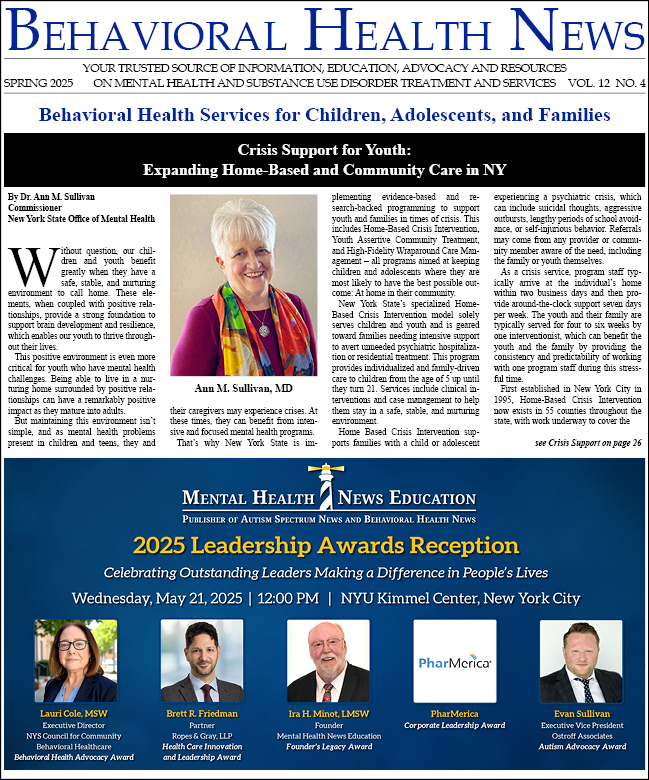-
When Outpatient Psychiatric Care Is Not Enough
Key Points: The accepted goal of treatment is recovery—pursuit of a self-directed life, not just crisis stabilization. Those having difficulty pursuing recovery in outpatient treatment should consider residential treatment. Residential treatment ideally occurs in a community over...
-
The Overlap of Substance Use Disorders and Suicide: Key Insights and Intervention Strategies
Substance Use Disorders (SUDs) coupled with suicide are a critical dual concern that has severe implications for the public health of the entire world. The National Institute on Drug Abuse (NIDA) also reports that people with SUDs are more prone to suicide, with statistics showing that their risk...
-
Confronting Seasonal Depression: The Critical Role of the 988 Lifeline, Community, and Support Systems During the Winter Months
The holiday season, typically marked by joy and togetherness, can also be a challenging period for many individuals coping with loss, trauma, or loneliness. Seasonal depression, also known as Seasonal Affective Disorder (SAD), often intensifies as the days get shorter and the weather becomes...
-
How My Suicide Attempts Made Me a Better Crisis Peer Specialist
Trigger Alert: If you or someone you know is disturbed by the descriptions of suicide (attempts) in this article, please consult a behavioral health provider or contact the 988 Suicide and Crisis Lifeline. Past is Prologue for Premature Life and Death Car crash, asphyxiation, throat slash,...
-
Collaborative Care in Primary Care: Using Data to Prevent Suicide
Suicide remains one of the most pressing public health challenges in the United States. Over the past decade, suicide rates have risen alarmingly, leaving families and communities grappling with the devastating consequences of loss. Even more troubling is the evidence showing that nearly half of...
-
Addressing Suicidality in Older Adults: A Community-Based Approach
In a review of data around suicidality, we see that older adults are highly vulnerable. The CDC reports that adults over age 45 account for more than 50% of deaths by suicide in the US, with the risk of suicide increasing with age. The national rate of suicide is highest among men over age 85 (45.9...
-
Protecting Youth Mental Health: The Role of Families in Addressing Social Media’s Impact on Self-Harm and Suicide
Emma was a 14-year-old high school freshman, a creative and outgoing student with a passion for photography. She had no prior mental health concerns and was thriving academically and socially. When she received her first smartphone, social media quickly became a way for her to connect with friends...
-
Addressing Suicide in Marginalized Communities: Unique Challenges and Culturally Responsive Approaches
Suicide continues to remain a global crisis, claiming over 700,000 lives annually (WHO, 2021). In the United States alone, more than 49,000 people died by suicide in 2022, marking it one of the leading causes of death in the nation (CDC, 2023). Behind these sobering statistics lies an...
-
Suicide Prevention and Response: Fostering Trust and Safety in Vulnerable Communities
Suicide carries grief and mourning and encompasses assumptions, histories, and fantasies. It holds the dialectic of abbreviated narratives and hope-filled storylines for those who survive. 2022 U.S. data from the American Foundation for Suicide Prevention (AFSP) indicates that 1.6 million adults...
-
Schools and Suicide Prevention: A 3-Tiered Approach
Suicide is a complex issue with devastating consequences that disproportionately affect young people. Schools, as central hubs of a child’s life, play a crucial role in suicide prevention by addressing behavioral and emotional difficulties that threaten to interfere with a child’s ability to...





